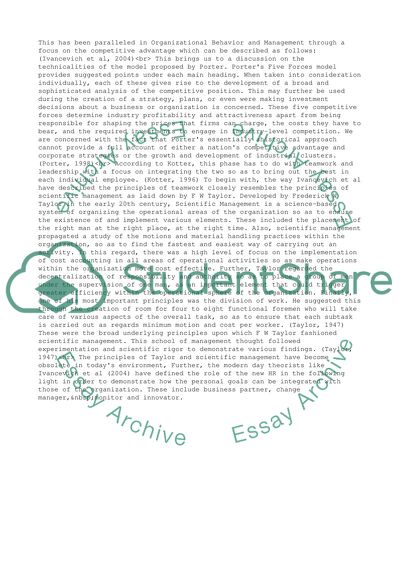Cite this document
(The Competitive Advantage of Nations by Kotter Book Report/Review, n.d.)
The Competitive Advantage of Nations by Kotter Book Report/Review. Retrieved from https://studentshare.org/management/1527325-organizational-change-book-reportreview
The Competitive Advantage of Nations by Kotter Book Report/Review. Retrieved from https://studentshare.org/management/1527325-organizational-change-book-reportreview
(The Competitive Advantage of Nations by Kotter Book Report/Review)
The Competitive Advantage of Nations by Kotter Book Report/Review. https://studentshare.org/management/1527325-organizational-change-book-reportreview.
The Competitive Advantage of Nations by Kotter Book Report/Review. https://studentshare.org/management/1527325-organizational-change-book-reportreview.
“The Competitive Advantage of Nations by Kotter Book Report/Review”, n.d. https://studentshare.org/management/1527325-organizational-change-book-reportreview.


